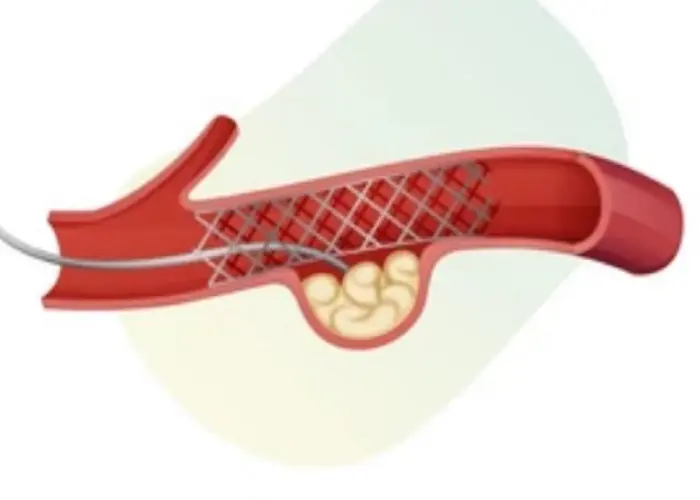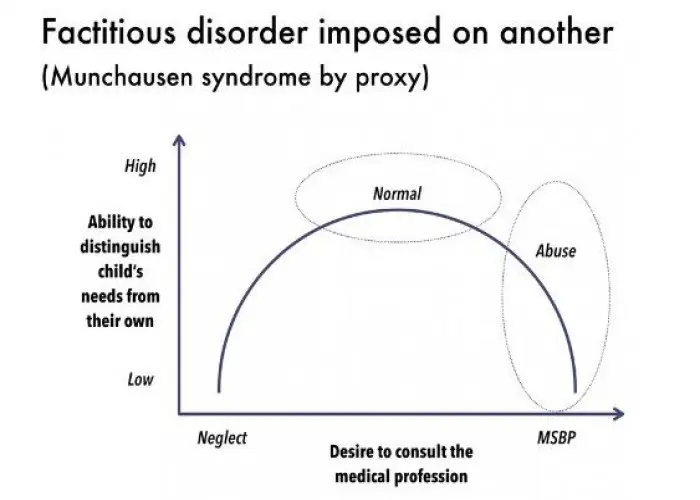 Welcome
Welcome
“May all be happy, may all be healed, may all be at peace and may no one ever suffer."
Myelodysplastic syndromes

Myelodysplastic syndromes (MDS) are a group of disorders characterized by abnormal growth and development of blood cells in the bone marrow. MDS can cause a range of symptoms, depending on the severity and type of the disorder, but it can also be asymptomatic in some cases.
MDS can affect people of any age, but it is more common in older adults. The underlying cause of MDS is not always known, but it is thought to be related to genetic mutations that affect the normal development and function of blood cells.
The symptoms of MDS can vary depending on the type and severity of the disorder, but typically include:
- Fatigue, weakness, and shortness of breath, which may be related to anemia (low red blood cell count)
- Frequent infections, which may be related to low white blood cell count
- Easy bruising or bleeding, which may be related to low platelet count
- Fever, chills, and other flu-like symptoms
- Enlarged spleen or liver in some cases
- Bone pain and joint pain
MDS can progress to acute myeloid leukemia (AML), which is a type of blood cancer. The risk of developing AML is higher in people with certain types of MDS and certain genetic mutations.
Treatment options for MDS depend on the type and severity of the disorder, as well as the person's age, overall health, and other factors. Treatment may include medications to stimulate blood cell growth, blood transfusions, and antibiotics to treat infections. In some cases, a bone marrow transplant may be recommended, which involves replacing the diseased bone marrow with healthy bone marrow from a donor.
Overall, the outlook for people with MDS depends on many factors, including the type and severity of the disorder, the age and overall health of the person, and the response to treatment. Some people with MDS may have a relatively good prognosis, while others may experience more severe symptoms and complications. Regular monitoring and follow-up with a healthcare provider is important for managing the disorder and addressing any new symptoms or complications that arise.
Research Papers
Disease Signs and Symptoms
- Fatigue (Tiredness)
- Shortness of breath (dyspnea)
- Low red blood cells (Anemia)
- Easy or unusual bruising or bleeding, which occurs due to a low blood platelet count (thrombocytopenia)
- Pinpoint-sized red spots just beneath the skin that are caused by bleeding (petechiae)
- Feeling tired, weak or short of breath, usually because of anemia
Disease Causes
Myelodysplastic syndromes
In a healthy person, bone marrow makes new, immature blood cells that mature over time. Myelodysplastic syndromes occur when something disrupts this process so that the blood cells don't mature.
Instead of developing normally, the blood cells die in the bone marrow or just after entering the bloodstream. Over time, there are more immature, defective cells than healthy ones, leading to problems such as fatigue caused by too few healthy red blood cells (anemia), infections caused by too few healthy white blood cells (leukopenia) and bleeding caused by too few blood-clotting platelets (thrombocytopenia).
Most myelodysplastic syndromes have no known cause. Others are caused by exposure to cancer treatments, such as chemotherapy and radiation, or to toxic chemicals, such as benzene.
Types of myelodysplastic syndromes
The World Health Organization divides myelodysplastic syndromes into subtypes based on the type of blood cells — red cells, white cells and platelets — involved.
Myelodysplastic syndrome subtypes include:
- Myelodysplastic syndromes with single-lineage dysplasia. One blood cell type — white blood cells, red blood cells or platelets — is low in number and appears abnormal under the microscope.
- Myelodysplastic syndromes with multilineage dysplasia. In this subtype, two or three blood cell types are abnormal.
- Myelodysplastic syndromes with ring sideroblasts. This subtype involves a low number of one or more blood cell types. A characteristic feature is that existing red blood cells in the bone marrow contain rings of excess iron.
- Myelodysplastic syndromes with isolated del(5q) chromosome abnormality. People with this subtype have low numbers of red blood cells, and the cells have a specific mutation in their DNA.
- Myelodysplastic syndromes with excess blasts. In this subtype, any of the three types of blood cells — red blood cells, white blood cells or platelets — might be low and appear abnormal under a microscope. Very immature blood cells (blasts) are found in the blood and bone marrow.
- Myelodysplastic syndromes, unclassifiable. In this subtype, there are reduced numbers of one or more types of mature blood cells and the cells might look abnormal under the microscope. Sometimes the blood cells appear normal, but analysis might find that the cells have DNA changes that are associated with myelodysplastic syndromes.
Disease Prevents
Disease Treatments
Management of myelodysplastic syndromes is most often intended to slow the disease, ease symptoms and prevent complications. There's no cure for myelodysplastic syndromes, but some medications can help slow the progression of the disease.
If you have no symptoms, treatment might not be needed right away. Instead, your doctor might recommend regular exams and lab tests to monitor your condition and to see if the disease progresses.
Research on myelodysplastic syndromes is ongoing. Ask your doctor about clinical trials for which you might be eligible.
Blood transfusions
Blood transfusions with healthy blood cells from donors can be used to replace red blood cells and platelets in people with myelodysplastic syndromes. Blood transfusions can help control symptoms.
Medications
Treatment for myelodysplastic syndromes might include medications that:
- Increase the number of blood cells your body makes. Called growth factors, these medications are artificial versions of substances found naturally in your bone marrow. Growth factors that stimulate your bone marrow to make more red blood cells can help reduce your need for frequent blood transfusions. Growth factors that promote white blood cell production may reduce your risk of infection.
- Stimulate blood cells to mature. Medications that help stimulate the blood cells to mature can reduce the need for frequent blood transfusions in people who aren't helped by growth factors. Some of these drugs may also reduce the risk that the disease may progress to leukemia.
- Suppress your immune system. Medications that suppress or control your immune system are used in certain myelodysplastic syndromes to reduce your need for red blood cell transfusions.
- Help people with a certain genetic abnormality. If your myelodysplastic syndrome is associated with a gene mutation called isolated del(5q), your doctor might recommend lenalidomide (Revlimid).
- Treat infections. If your condition causes you to have infections, you'll receive treatments to control them.
Bone marrow transplant
A bone marrow transplant, also known as a stem cell transplant, is the only treatment option that offers the potential of a cure for myelodysplastic syndromes. But this treatment carries a high risk of serious complications and it's generally reserved for people who are healthy enough to endure it.
During a bone marrow transplant, high doses of chemotherapy drugs are used to clear out the defective blood cells from your bone marrow. Then the abnormal bone marrow stem cells are replaced with healthy, donated cells (allogeneic transplant).
In some situations, less intense chemotherapy drugs can be used to reduce the risks of bone marrow transplant for older adults and those who might not otherwise be considered for this treatment.
Disease Diagnoses
Disease Allopathic Generics
Disease Ayurvedic Generics
Disease Homeopathic Generics
Disease yoga
Myelodysplastic syndromes and Learn More about Diseases

Bladder stones

Sacroiliitis

High cholesterol

Pelvic inflammatory disease (PID)

Aneurysms

Teen depression

Factitious disorder

Osteoporosis
myelodysplastic syndromes, মেলোডিসপ্লাস্টিক সিন্ড্রোমগুলি
To be happy, beautiful, healthy, wealthy, hale and long-lived stay with DM3S.
